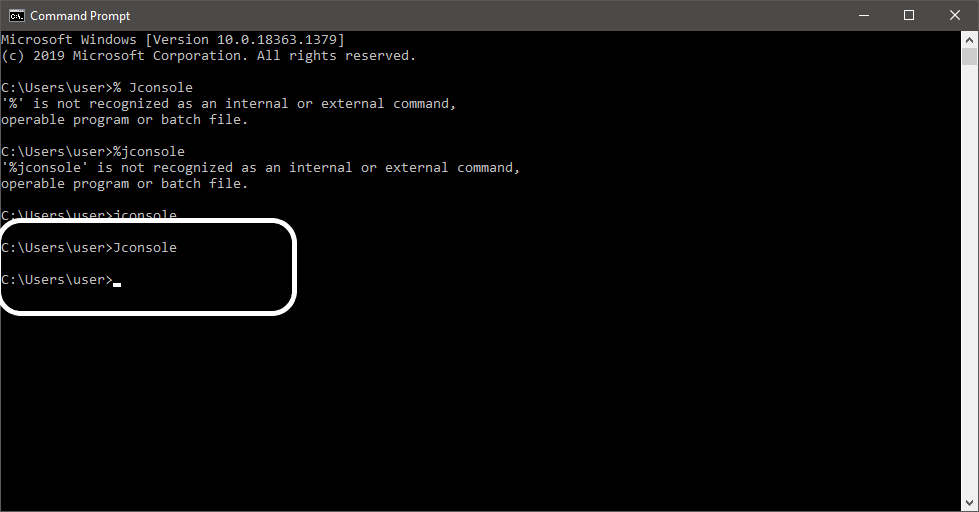

In the first decades after its introduction into the mainstream in 1974, the device density and the performance of the CMOS technology have been steadily improved by geometric Dennard scaling, 6 6. Uyemura, CMOS Logic Circuit Design ( Kluwer, New York, 2007). Such basic Boolean operations are fundamental for the design of mainstream logic circuits and, together with charge-based memory devices, of computing systems.
Gc overhead limit exceeded anylogic full#
Using CMOS transistors, logic gates can be built that represent a full set of Boolean algebraic operations. Lojek, History of Semiconductor Engineering ( Springer, Berlin, 2007). Ng, Physics of Semiconductor Devices, 3rd ed. Nashelsky, Electronic Devices and Circuit Theory, 11th ed. Today’s large-scale integrated circuits are based on complementary metal–oxide–semiconductor (CMOS) field-effect transistors because of their high density, low power consumption, and low fabrication cost. The fundamental circuit element in this framework is the transistor, which can serve both as a switch and an amplifier. Current challenges to achieve this goal include low-power signal restoration in spin-wave circuits as well as efficient spin-wave transducers.Ĭurrent computing systems rely on paradigms, in which information is represented by electric charge or voltage, and computation is performed by charge movements. The benchmark indicates that hybrid spin-wave–CMOS systems promise ultralow-power operation and may ultimately outperform conventional CMOS circuits in terms of the power-delay-area product. The state of the art of benchmarking such hybrid spin-wave–CMOS systems is reviewed, and the current challenges to realize such systems are discussed. We argue that spin-wave circuits need to be embedded in conventional complementary metal–oxide–semiconductor (CMOS) circuits to obtain complete functional hybrid computing systems. Subsequently, we discuss the current status and the challenges to combine spin-wave gates and obtain circuits and ultimately computing systems, considering essential aspects such as gate interconnection, logic level restoration, input–output consistency, and fan-out achievement. The focus is on spin-wave majority gates as they are the most prominently pursued device concept. After an introduction to magnetic interactions and spin-wave physics, the basic aspects of spin-wave computing and individual spin-wave devices are reviewed.

The Tutorial combines backgrounds in spin-wave and device physics as well as circuit engineering to create synergies between the physics and electrical engineering communities to advance the field toward practical spin-wave circuits. Spin-wave computing can be considered a subfield of spintronics, which uses magnetic excitations for computation and memory applications. This paper provides a tutorial overview over recent vigorous efforts to develop computing systems based on spin waves instead of charges and voltages.


 0 kommentar(er)
0 kommentar(er)
